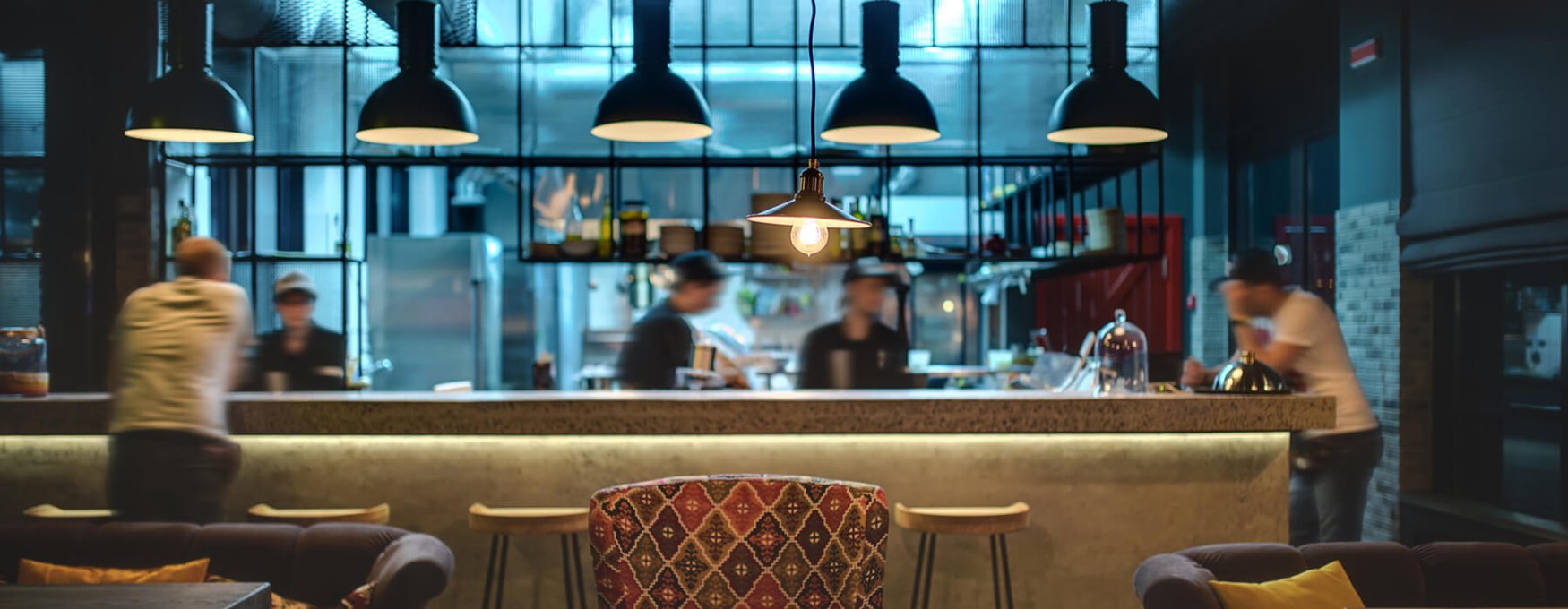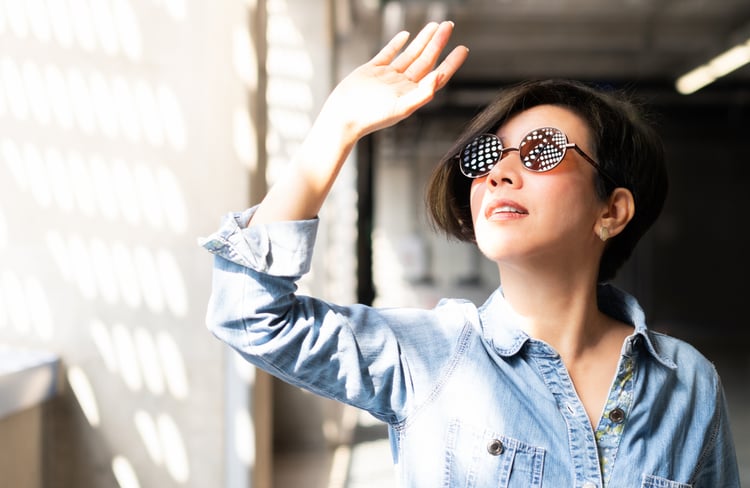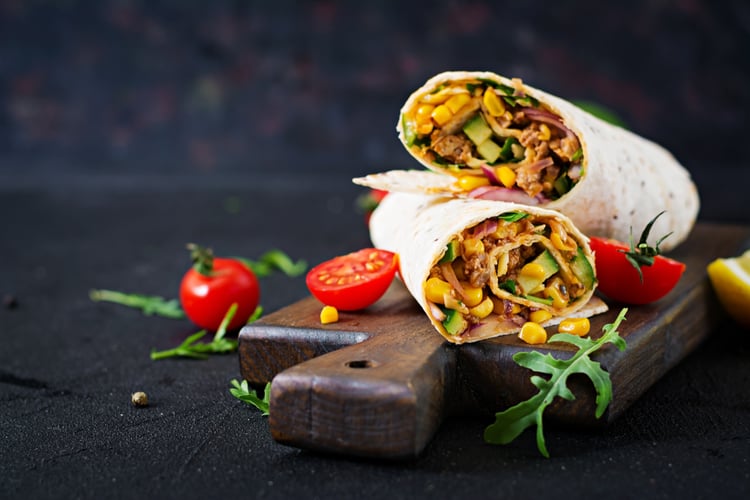4 Ways To Improve Restaurant Designs with Adequate Lighting

When designing a restaurant, attention tends to focus on details like furniture, decor and brand image. However, having adequate lighting is equally important: the restaurant can have a great interior design, but customers will not appreciate it fully with low-quality lighting.
Lighting also affects how the colors and textures of objects are perceived, and this applies for food and beverages. The right lamps and fixtures can also make your dishes look tastier. On the other hand, some ingredients may look dull and less tasty under lamps with poor color rendition.
Get a professional MEP design for your restaurant and optimize your lighting system.
In this article, we will discuss 4 ways to improve restaurant designs with lighting. When you’re in the foodservice industry, lighting can be a powerful marketing tool. A professional design can help you create the right ambience, while getting quick approval from the building department and saving on power bills.
1) Glare Prevention: A Top Priority in Restaurant Lighting Design

Glare is an uncomfortable effect on human vision, when a concentrated light source is directly visible or reflected from a surface. Depending on its severity, the effects of glare can range from mild discomfort to visual pain. In restaurants, where keeping visitors comfortable is a top priority, glare should be avoided at all costs. Glare can drive off customers even if you serve some of the best dishes in town.
To prevent glare, you need a uniform light distribution where bright lamps are not directly visible. Reflective surfaces like mirrors and metallic objects should also be placed where they will not send beams of light towards your customers. To achieve this, the best recommendation is getting a professional lighting design. Architects and engineers can use simulation software to try different lighting options for your restaurant, and pick the most suitable lamps and fixtures.
2) Using Color Temperatures to Your Advantage
Lighting design is both technical and subjective, but there are general trends in how light colors affect human emotions.
- Light sources with a high color temperature have cool blue tones, which improve attention to detail and awareness. Excessive exposure to cool light can also induce stress and anxiety, while disrupting sleep.
- Light sources with a low color temperature have warmer yellow tones, which have a relaxing effect. This makes them ideal for places like bedrooms, hotel rooms, and restaurants. Warm light would be counterproductive in an office, where its relaxing effect can reduce productivity.
Note that high color temperatures are considered “cool”, while low color temperatures are considered “warm”, and this can seem counter-intuitive at first. However, the correlated color temperature (CCT) is actually referring to the lighting color produced, not the actual temperature of the lamp. For example, LED bulbs will operate at lower temperatures than older and less efficient lamps, even if you see a high CCT value on their packaging. In this case, the high CCT refers to a cool blue tone, and it doesn’t imply that the bulb will get hotter.
Warm lighting (low CCT) is recommended for restaurants, since it creates a relaxing and more comfortable environment. On the other hand, cool lighting (high CCT) can be used for parking areas, where you will want high visibility and attention to detail.
3) High CRI Lighting: Make Your Dishes Look Better

The Color Rendering Index (CRI) describes how well a light source shows the color and textures of surfaces. The maximum CRI value is 100, and it describes a light source that has the same quality as sunlight. The CRI and CCT are sometimes confused, but there is an easy way to tell them apart: the CCT describes the color of the light source itself, while the CRI describes the ability to show the colors and textures of other objects.
In a restaurant, lighting fixtures with a high CRI improve the appearance of food and beverages, making them look tastier. Just keep in mind that the opposite is also true: deficient lighting has a negative impact on how your dishes are perceived, even if their taste and quality are the same.
4) LED Pendant Lamps: Eliminate Unwanted Heat Near Customers
Pendant lights are very popular in restaurants, since they can provide overhead lighting on each table. However, pendant lights often have an unwanted effect: releasing heat very close to your customers, causing discomfort. A simple solution in this case is using LED pendant lights, which have a lower heat emission and power consumption.
In general, LED lighting is recommended to reduce power bills in restaurants, especially if your city has a stringent energy code. However, LED lamps are also a more comfortable option when used close to restaurant tables, thanks to their low heat emission.

Anuj Srivastava
Anuj Srivastava is a principal partner at NY Engineers. He is known for his MEP franchise market knowledge. Anuj is currently leading a team of 100+ MEP/FP engineers and has successfully led over 1500 franchise projects in the US.
Join 15,000+ Fellow Architects and Contractors
Get expert engineering tips straight to your inbox. Subscribe to the NY Engineers Blog below.



